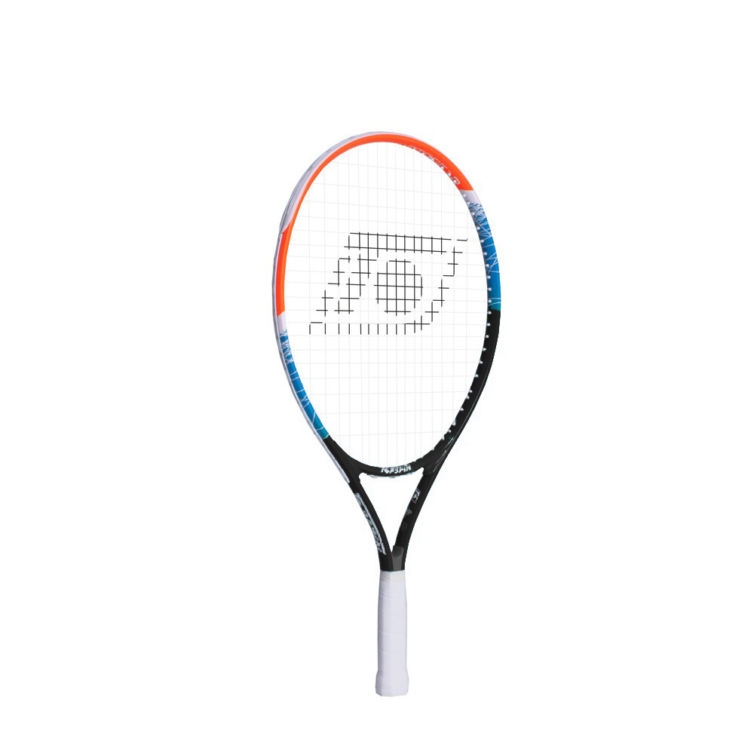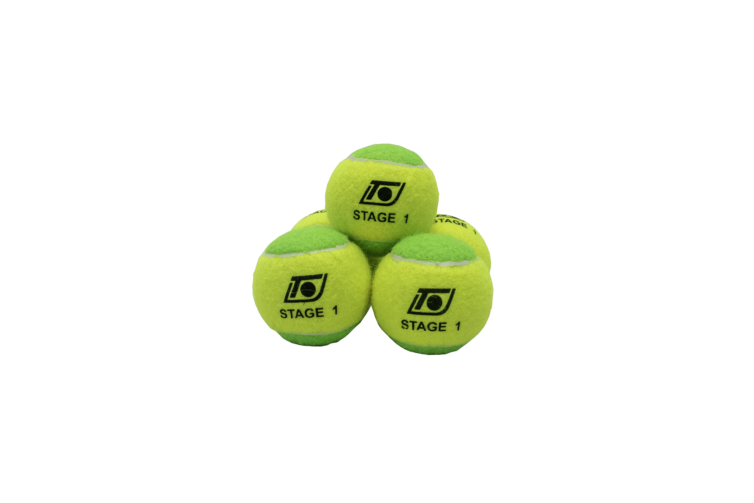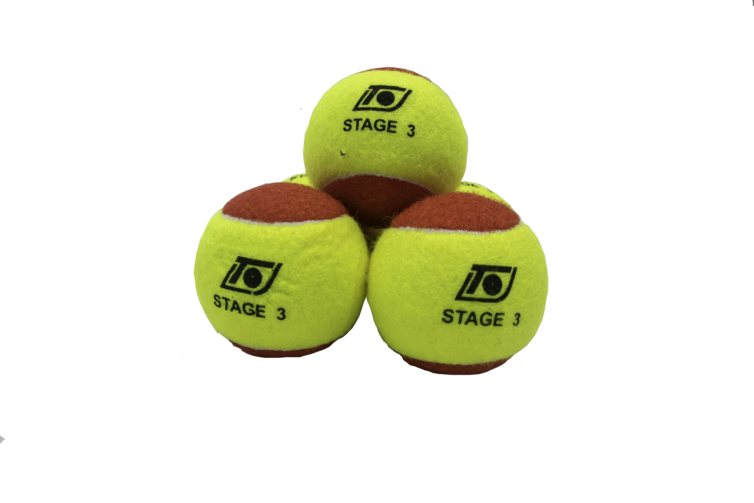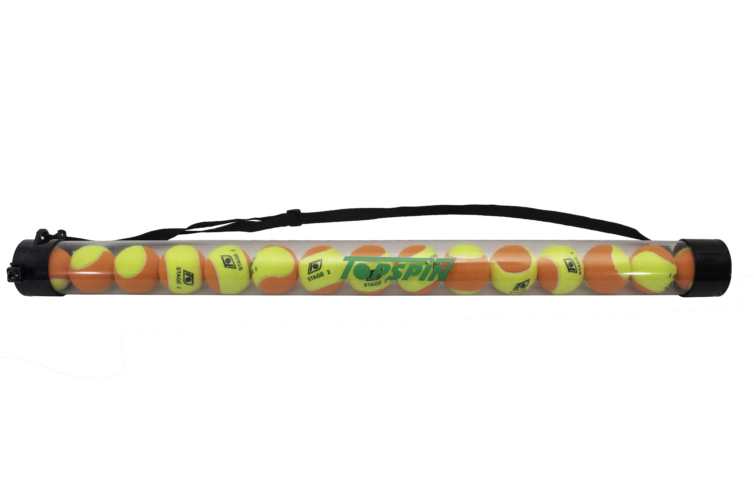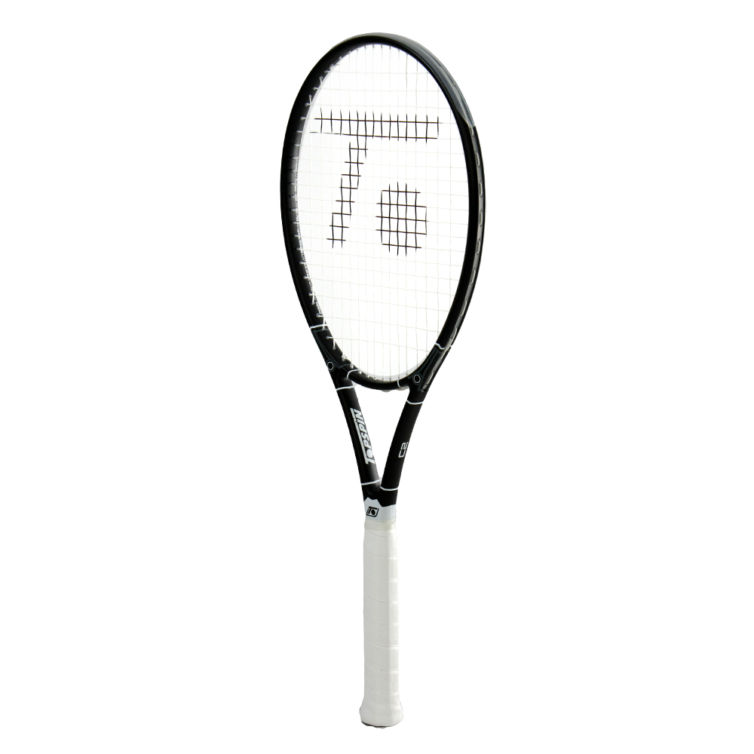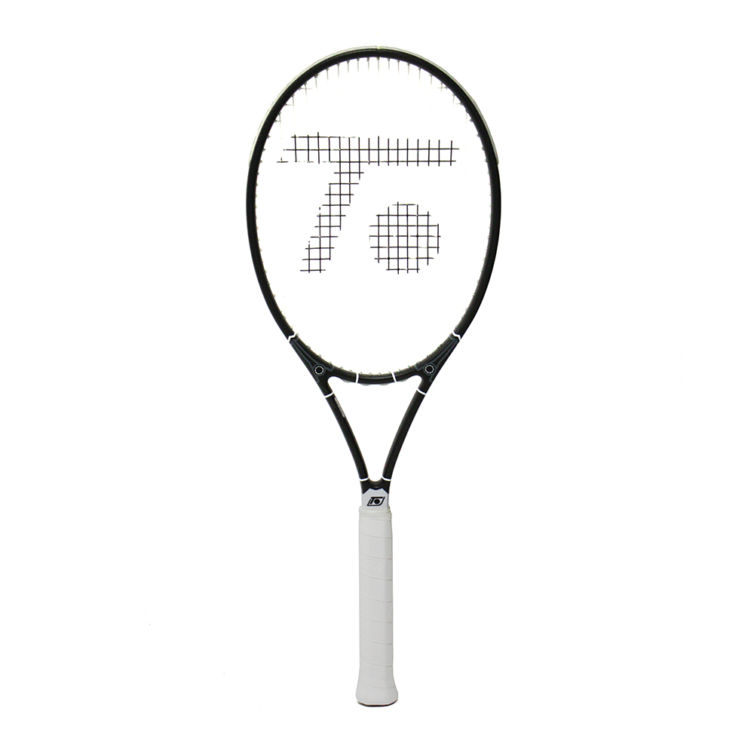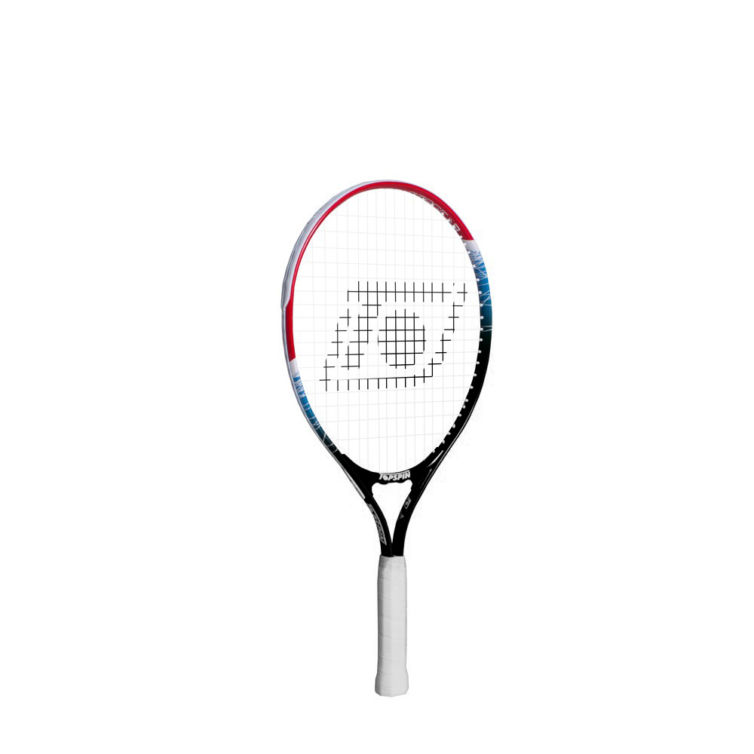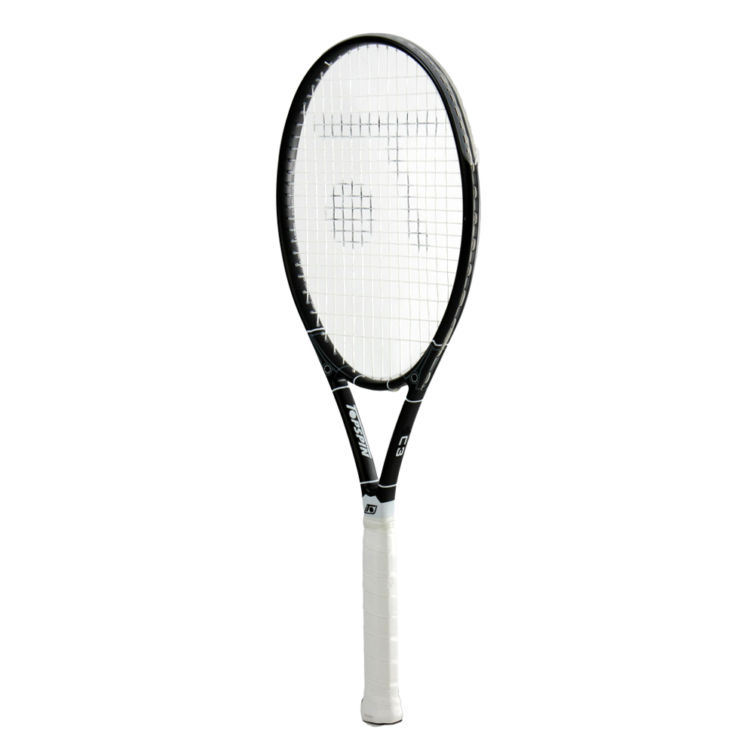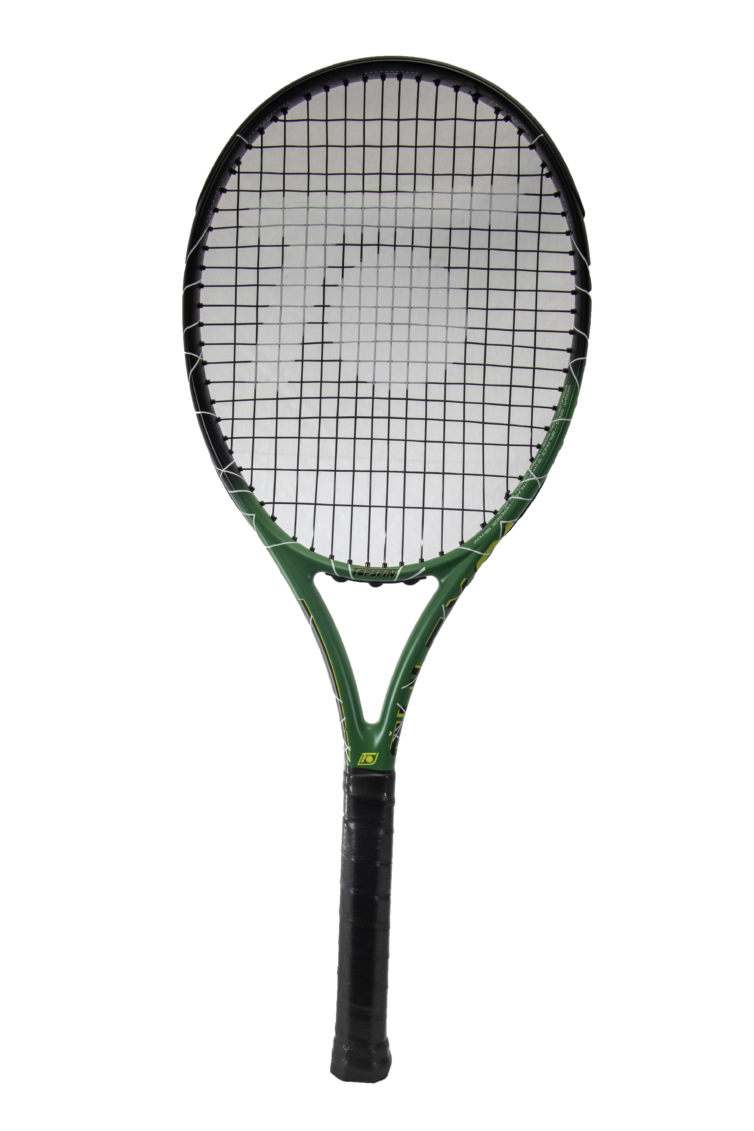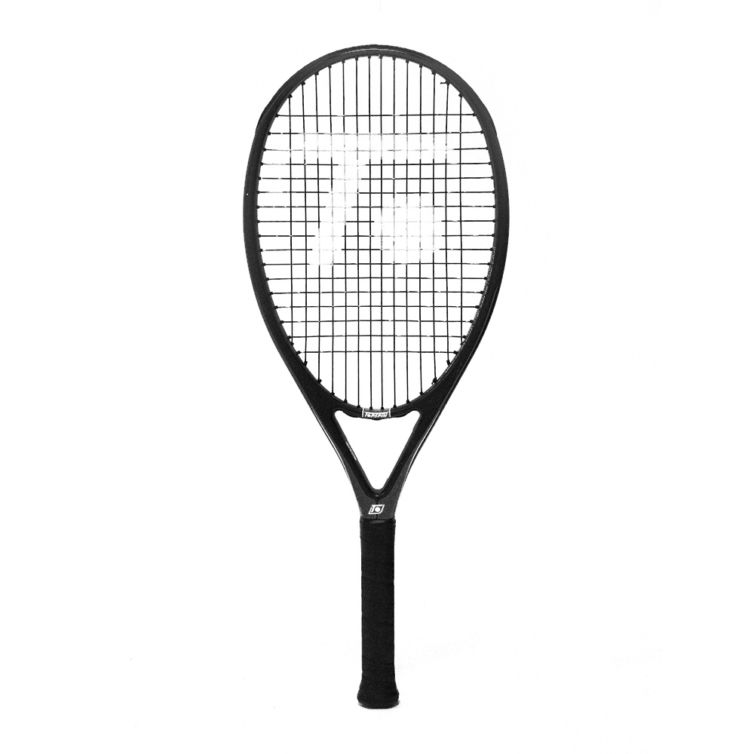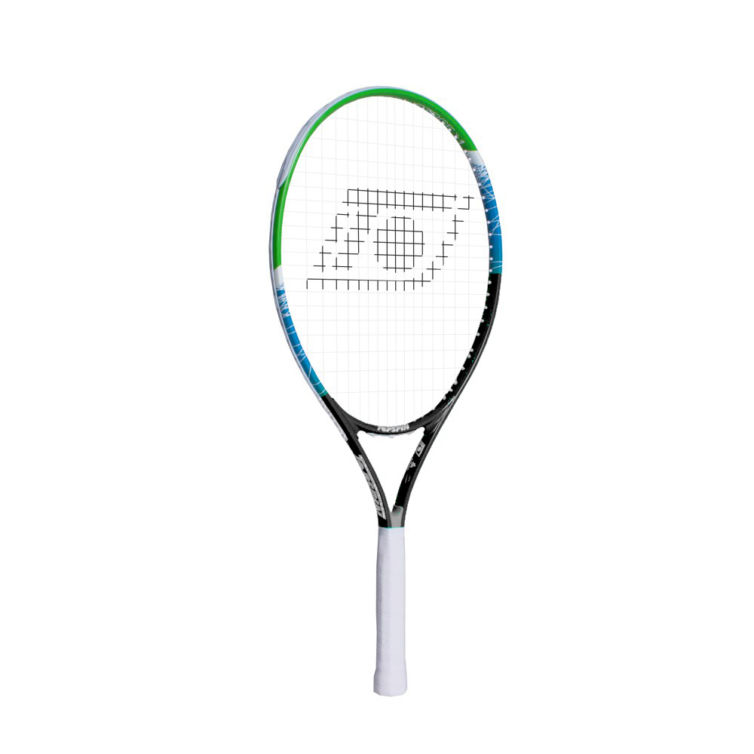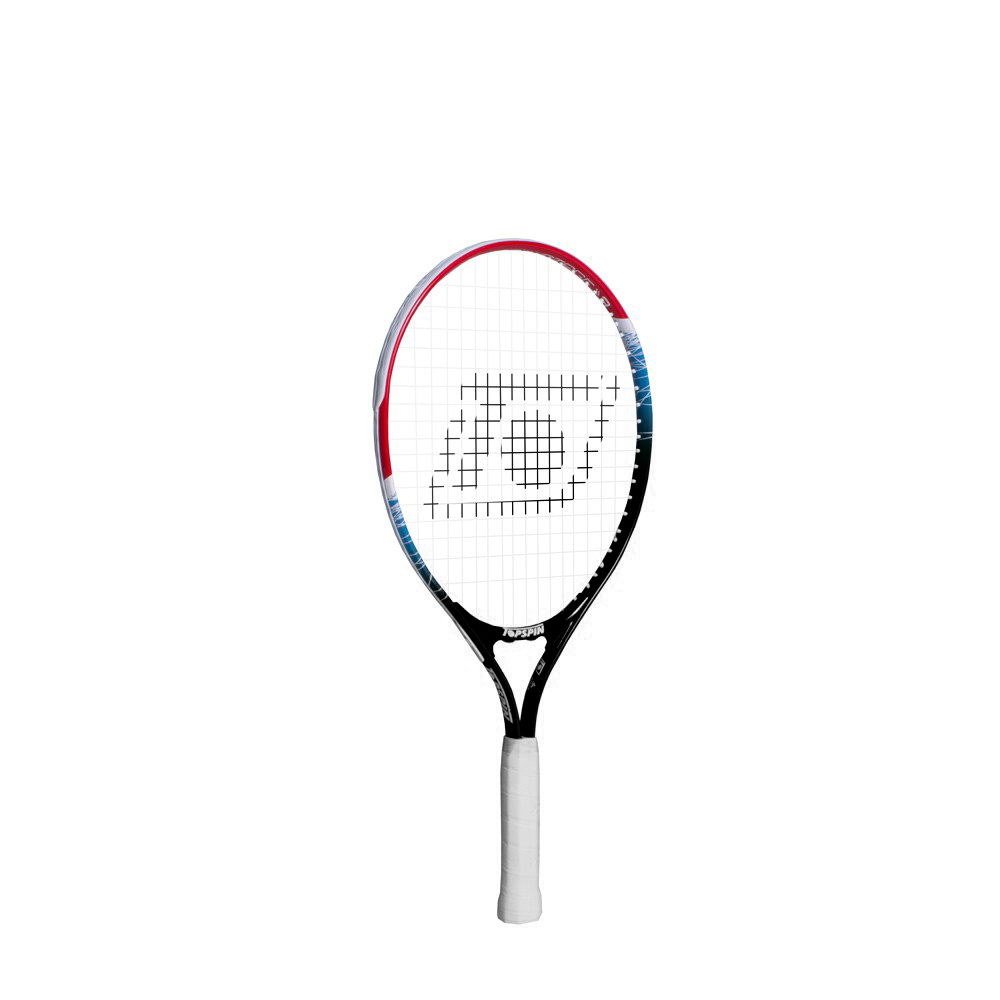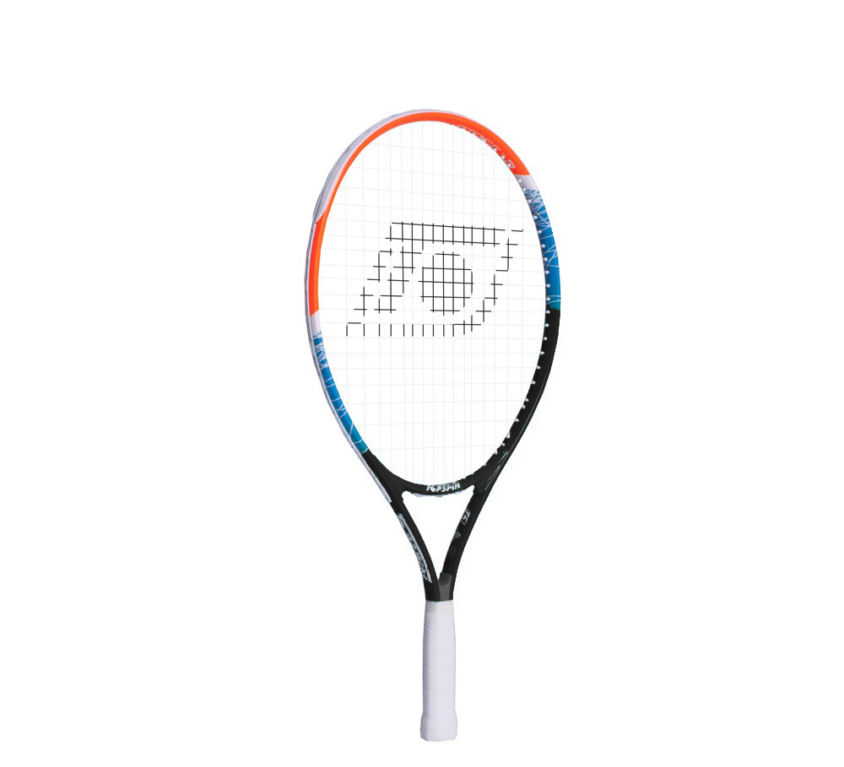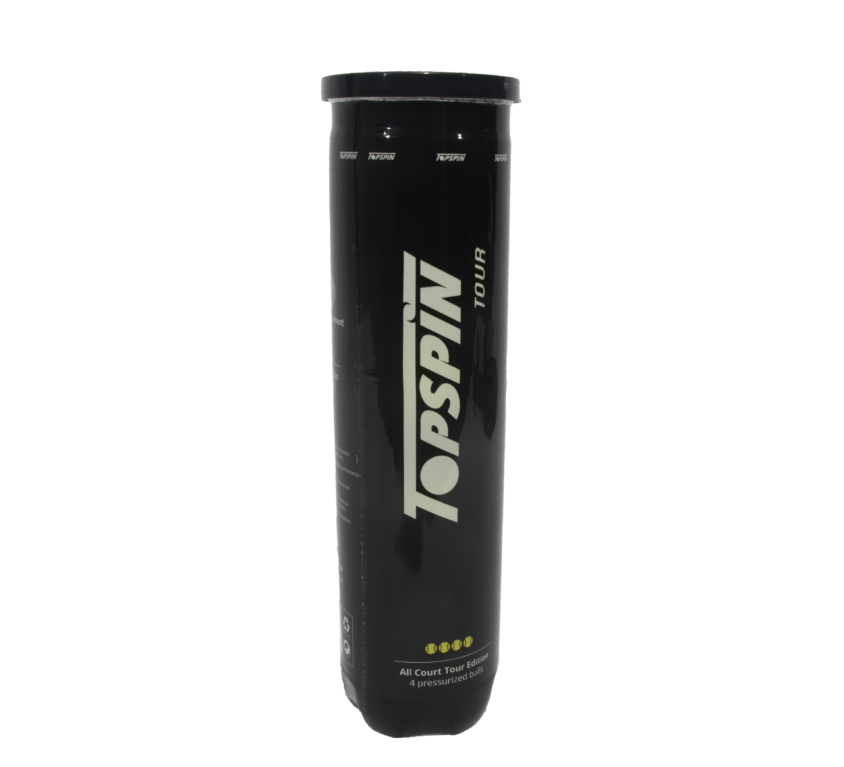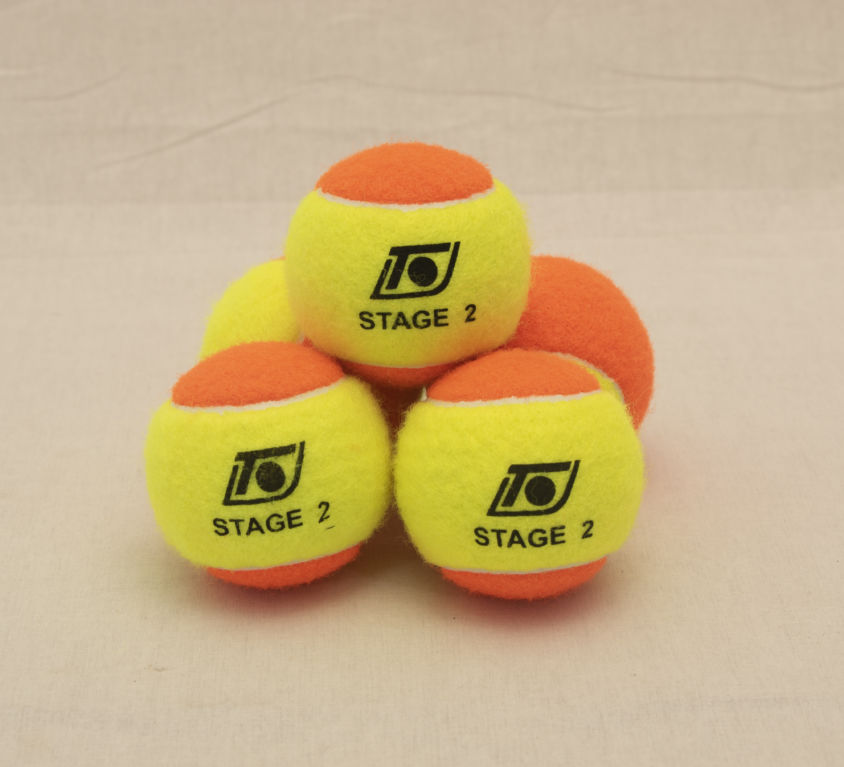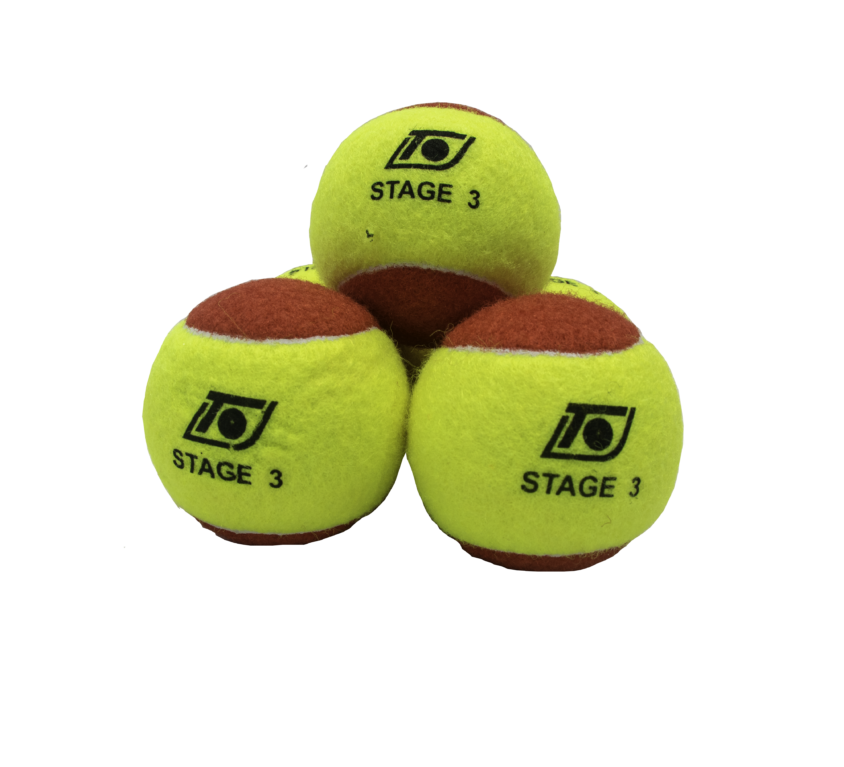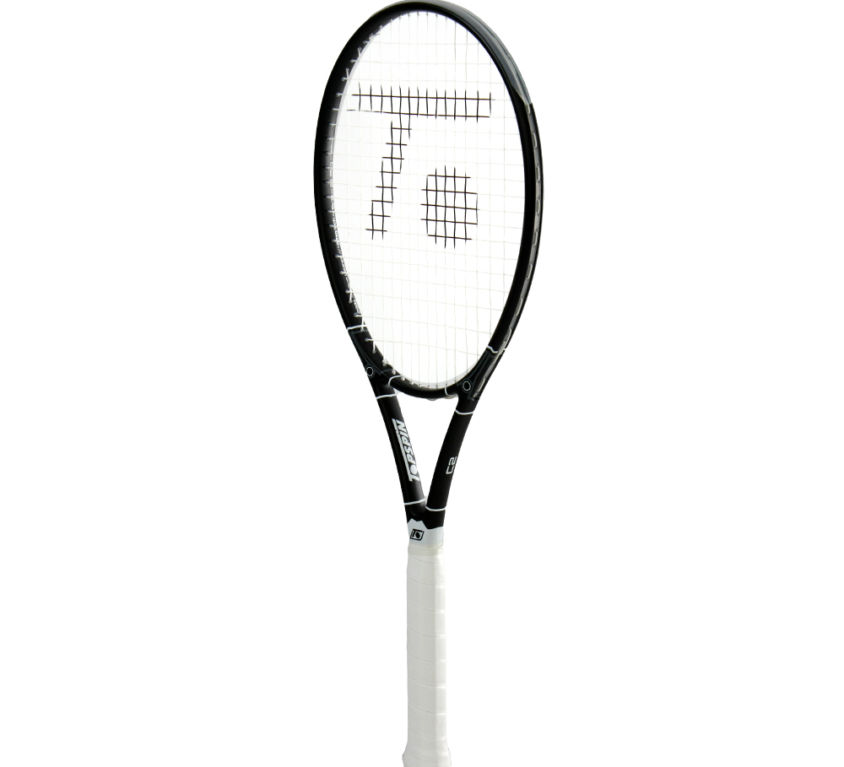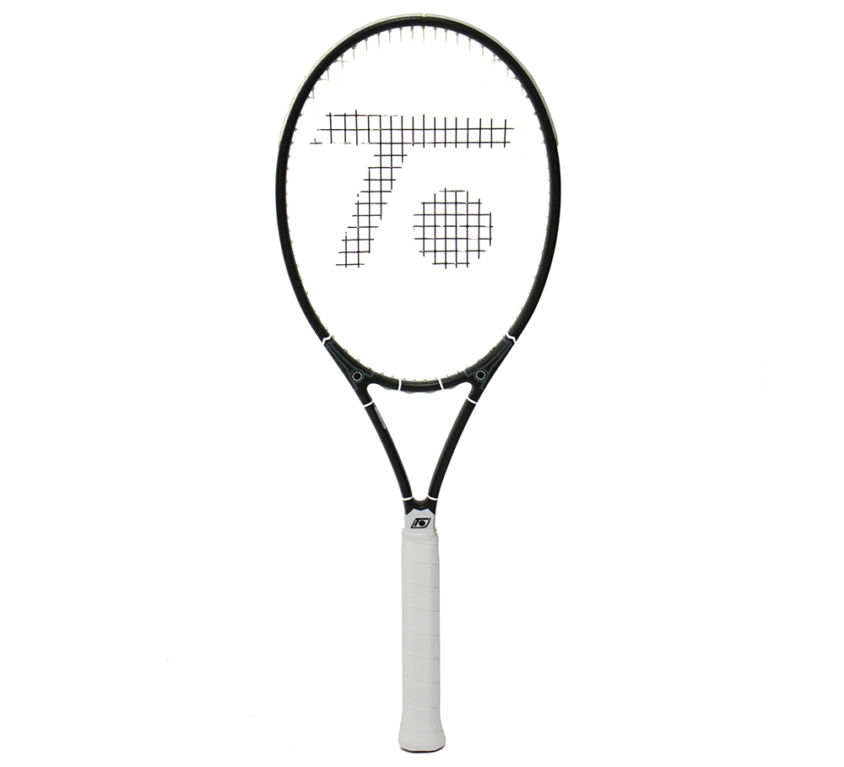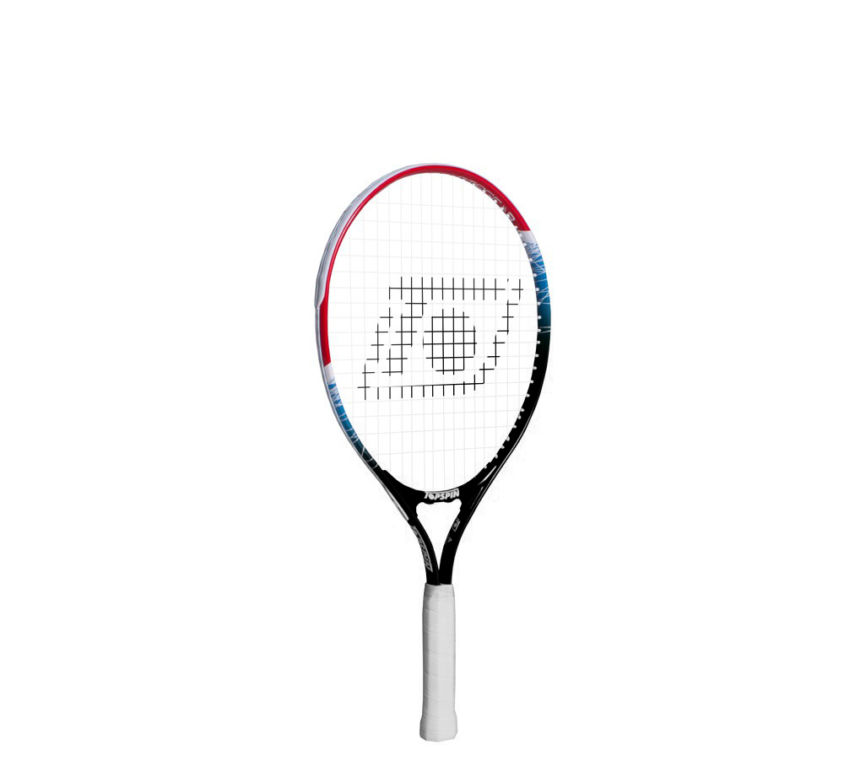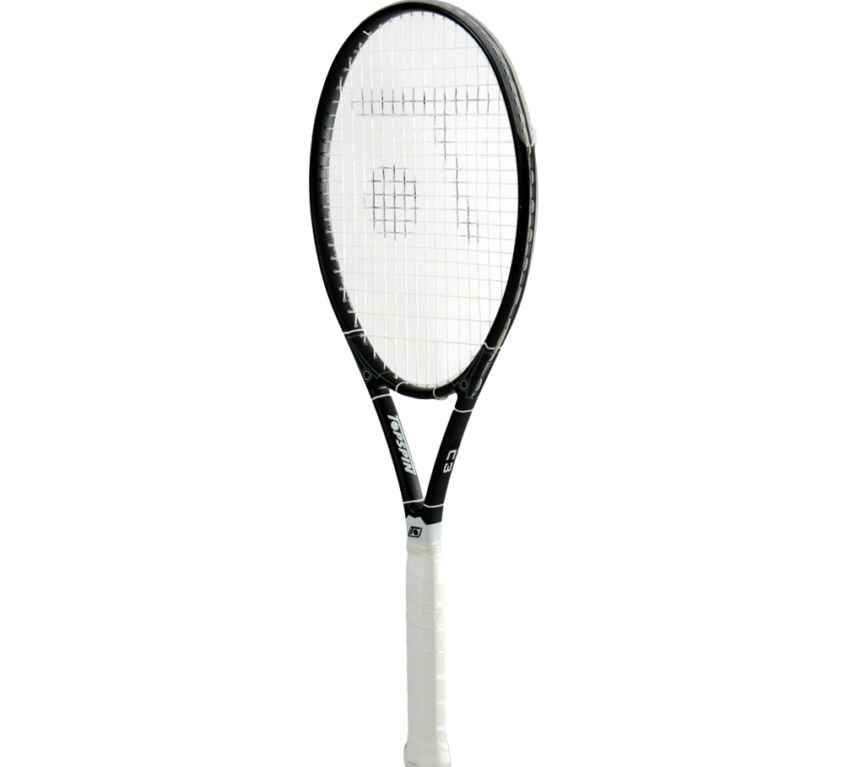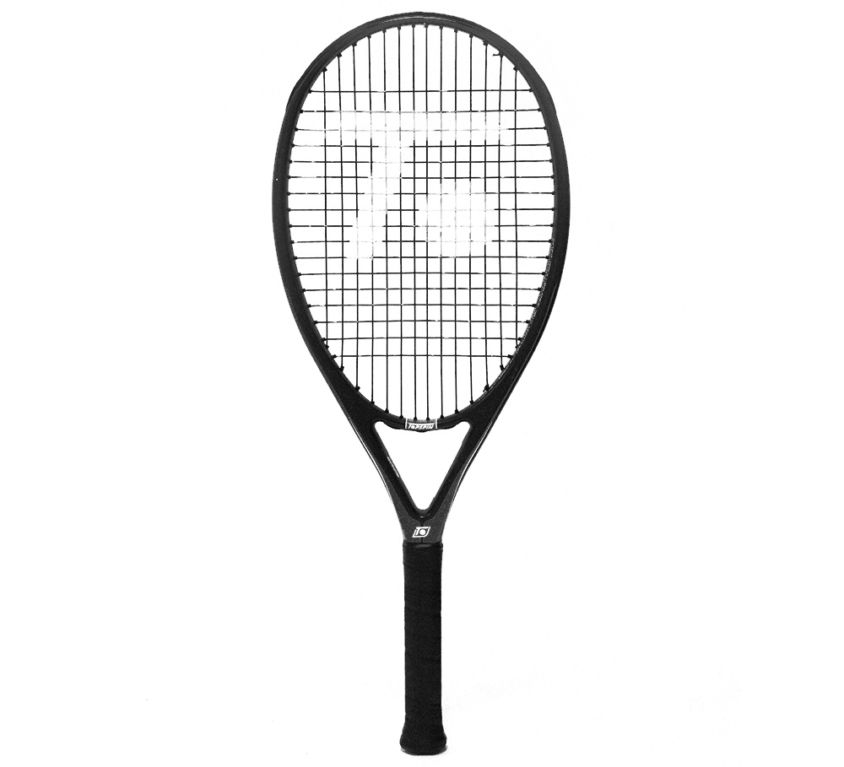
Check Our KNOWLEDGE BASE
Knowledge Base – Rackets
1) Introduction
We´ve all had the problem before – which racket is the right one and which one suits me the best? Many have also experienced that when you test a racket, it feels good at the beginning and after a while, you notice that you make way too many mistakes during competition. In order to understand all these experiences, we will first explain the functioning of different types of rackets in the following.
A tennis racket is defined by:
- Weight
- Swingweight
- Balance
- Stiffness
- String area stiffness
- Length
- Head size
- Grip size
In the following we will now address every single point and describe its effect on the game.
2) Weight (YouTube Video: http://www.youtube.com/watch?v=WB0hBsBIBbM)
The weight of a racket includes the entire racket with overgrip and strings. Once a heavy racket is in motion, it is clear that it can transfer more energy to the ball than a lighter racket. At the same time, it is also much more stable and therefore has less vibration.
The only advantage of a light racket is its better maneuverability.
Formula for maximum energy transfer to the ball
ENERGY = MASS • SPEED²
E=M x V²
Since the speed of the racket is square in the formula, it is important that the
experience tennis on another level.
